Speaker
Description
In the field of hydrogen (H2) production, the fabrication of the materials with high pseudocapacitance is fundamental. Existing electrodes for this goal are mainly based on platinum making them very expensive. Therefore, the design and develop of nanomaterials with high pseudocapacitance to replace platinum electrodes become an essential task.
Tungsten trioxide in hexagonal phase (h-WO3) is a good candidate to solve this issue because of its high electrochemical stability in acidic environment, good resistance to electrochemical corrosion, low cost and toxicity and earth abundance. However, when stoichiometric it suffers of a poor electron conductivity, which can be enhanced by metal-doping, which in principle changes also their electrochemical properties.
In the present work, we present recent results of h-WO3 synthesis pure and doped by transition metals (WO3-Me) for electrocatalytic applications.
h-WO3 and h-WO3:Me have been fabricated by hydrothermal method ensuring several advantages such as simplicity of the procedure, high efficiency, low costs and good reproducibility of the samples. For doping, following metals have been used Co, Cr, Ni, Mo, Ti. The doping concentration was M[Me]/M[WO3] = 5% for all used metals.
Structure, electronic and optical properties of the h-WO3 samples have been studied by SEM, TEM, BET, XRD, FTIR, Raman, and diffuse reflectance methods.
Electrochemical properties of the h-WO3 samples have been studied by cyclic voltammetry. Specific capacity of each sample was calculated. Comparative analysis of doping to structure, optical and electrochemical properties has been discussed. Samples with the higher stability and higher specific capacitance, those doped with Ti and Mo, represent good candidates to develop new electrodes suitable for applications in the field of H2 production.

